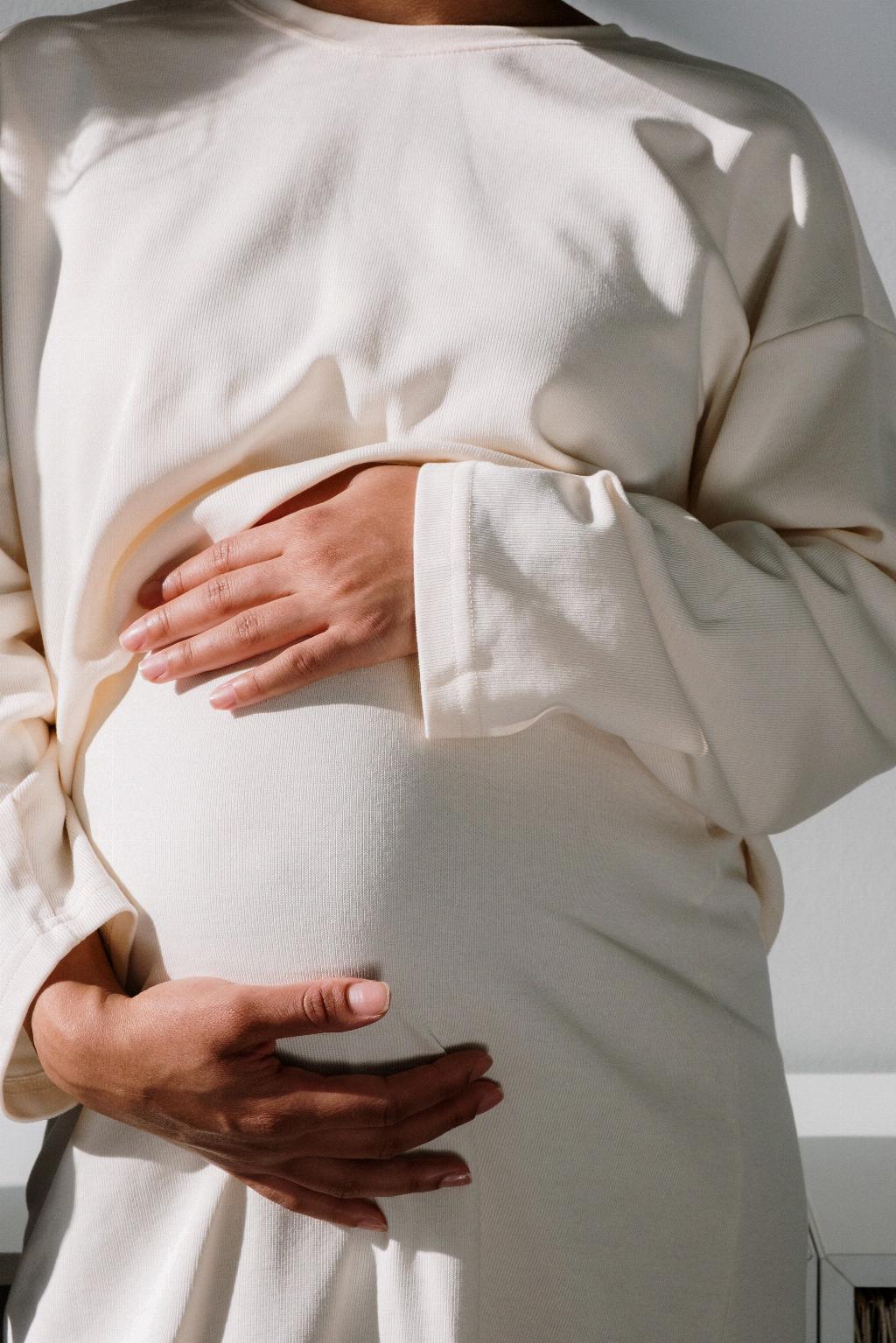Having a 36-day cycle can influence the timing for determining the best moment to take a pregnancy test. Understanding the nuances of your menstrual cycle is crucial in this regard.
Understanding Your Cycle Length Variation
If your menstrual cycles typically fall within the range of 28 to 36 days, it’s essential to recognize this variability. By monitoring your menstrual patterns, you gain insight into the optimal time to take a pregnancy test.
Day 37 as a Milestone
For individuals with a 36-day cycle, reaching day 37 can serve as a crucial milestone for initiating a pregnancy test. Waiting until this point can help confirm the absence of your period, signaling a potential pregnancy.
Increased Accuracy Post Missed Period
After surpassing day 37 without the onset of your period, waiting an additional 1 to 2 weeks can significantly boost the accuracy of a pregnancy test. This extended timeframe enhances the test’s reliability in detecting pregnancy.
Optimal Time Frame for Testing
Considering the length of a 36-day cycle, the ideal window for taking a pregnancy test falls between day 37 and the subsequent 1 to 2 weeks post missed period. This timeframe offers a balance between early detection and result accuracy.
Monitoring Early Pregnancy Symptoms
Being attuned to early signs of pregnancy, such as nausea, fatigue, breast tenderness, and frequent urination, can complement the timing of a pregnancy test. Recognizing these symptoms can prompt you to take a test at the right moment.
Consulting Healthcare Professionals
If uncertainties persist regarding the optimal time for taking a pregnancy test with a 36-day cycle, seeking guidance from healthcare providers or specialists can provide tailored advice based on individual circumstances.
Emotional Preparedness
Preparing yourself emotionally for the potential outcomes of a pregnancy test is vital. Ensuring you are in a supportive environment and mindset can help navigate the results, whether confirming a pregnancy or addressing other health concerns.
Considering Reproductive Health History
Your personal reproductive health history, including previous pregnancies, miscarriages, or fertility treatments, can influence the timing and interpretation of a pregnancy test. Reflecting on these factors can guide your decision-making process.
Utilizing Reliable Pregnancy Tests
When selecting a pregnancy test, opting for reputable and reliable brands can enhance result accuracy. Following the instructions carefully and using tests with high sensitivity levels can help ensure dependable outcomes.
Interpreting Test Results
Interpreting pregnancy test results, whether positive or negative, requires attention to detail. Understanding how to read the test indicators correctly and seeking clarification if uncertain can provide clarity in this significant moment.
Maintaining Open Communication
Maintaining open communication with your partner, family members, or trusted confidants throughout the process of taking a pregnancy test can offer invaluable support and comfort, regardless of the outcome.

